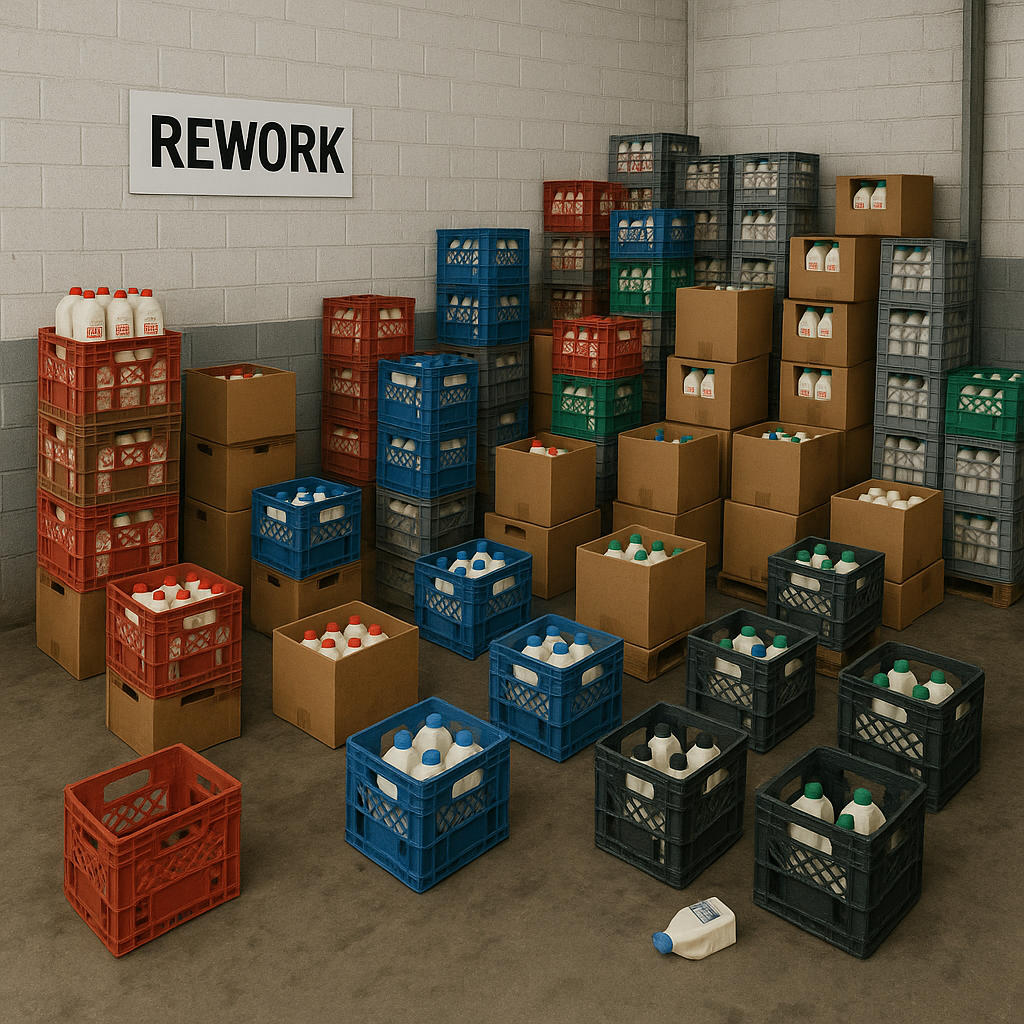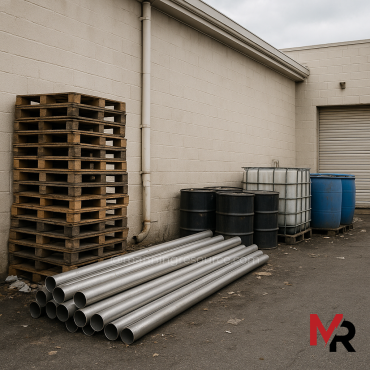Rework is one of the biggest challenges in manufacturing plants, often lurking in warehouse corners, cluttered and unmanaged. But before diving into reworking defective products, ask yourself: Is it worth it?
Too often, the cost savings of rework barely offset the risks:
❌ Using near-expiry products increases bacterial loads and can reduce shelf-life of new products
❌ Allergen cross-contamination opportunities increase
❌ Foreign material or bacterial hazards increase due to the rework process
❌ Reliance on temporary employees in rework areas, increasing the chance of errors due to lack of training or familiarity with critical processes.
Rework can create an illusion of efficiency, but is it actually breaking even, or just introducing risk?
The smart approach:
✅ Establish clear rules on what products can be reworked, and what must be discarded immediately.
✅ Train only qualified employees to handle rework.
✅ Implement strict timelines for disposition or rework, prioritizing the most critical items.
✅ Correct the root cause every time rework happens. Each instance is a warning sign of a deeper issue.
✅ Build proactive systems to minimize the need for rework, so it doesn’t become the norm.
The real goal? To create a culture where rework is rare, properly managed, and never allowed to compromise product safety or quality.
Are you actively managing your rework process, or just increasing risk?
Please provide feedback to help others. Have you seen rework done right or wrong?
This is an AI generated image.




Add Comment